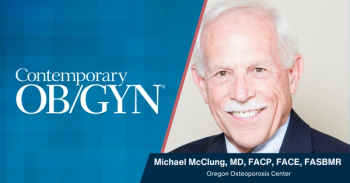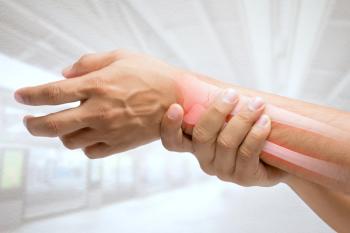
Fall incidence due to denosumab
A pooled analysis of fall incidence showed that denosumab may reduce the risk of falls, as well as provide established fracture risk reduction, according a study published in the Journal of Bone and Mineral Research.
A pooled
The analysis in the
Methods
The current ad hoc exploratory analysis pooled data from five denosumab studies to determine if there was consistency across studies in the reduction of fall incidence. The studies included women with postmenopausal osteoporosis and low bone mass, men with osteoporosis, women receiving adjuvant aromatase inhibitors for breast cancer, and men undergoing androgen deprivation therapy for prostate cancer.
The analysis was stratified by study and only included data from the placebo-controlled period of each study. A time-to-event analysis of first fall and exposure-adjusted subject incidence rates of falls was also calculated. Falls were reported and captured as adverse events.
The analysis comprised 10,036 individuals, of whom 16.9% were men. The mean age was roughly 72 years, and slightly less than 50% of patients had a prior fracture. Baseline characteristics were comparable for both sexes, with median vitamin D values approximately 21 ng/mL (53 nmol/L) in all subjects.
Calcium and vitamin D supplementation differed between the studies, but was applied equally to the denosumab and placebo groups.
“A fall was defined as a sudden, unintentional coming to rest on the ground, floor, or other lower level, regardless of whether an injury had occurred as a result,” the authors wrote.
Findings
In total, 5,030 patients received denosumab 60 mg subcutaneously once every 6 months for 12 to 36 months, compared to 5,006 subjects who received placebo. Median follow-up duration was similar: 36.0 months in the pooled denosumab group vs. 35.9 months in the placebo group.
The percentage of patients who reported at least one fall during the study period was 4.6% in the pooled denosumab group and 5.8% in the pooled placebo group. For each of the five studies, the proportion of fallers was at least similar, and mostly lower in the denosumab group than in the placebo arm.
The estimated Kaplan-Meir occurrence of falls in the denosumab group was 5.2% compared to 6.5% in the placebo group: hazard ratio (95% confidence interval [CI]: 0.79 (0.66 to 0.93) (P = 0.0061). Denosumab treatment was linked to a 35% reduction in fall risk in patients younger than 75 years, but no apparent reduction in patients 75 years or older.
Overall, 7.7% of the total falls were serious adverse events. None of the studies offered specific advice about exercise or fall prevention. In addition, heterogeneity in study designs did not allow for overall assessment of association with fracture outcomes.
Conclusions
The reduction in fall risk gleaned from the analysis is of clinical importance, according to the authors, and is comparable in magnitude to that achieved by interventions targeted directly at fall risk. Exercise interventions have shown a similar reduction in injurious falls, but not an overall reduction in all falls.
Findings from the current analysis “require further exploration and confirmation in studies with muscle function or falls as the primary outcome,” the authors wrote.
Newsletter
Get the latest clinical updates, case studies, and expert commentary in obstetric and gynecologic care. Sign up now to stay informed.










